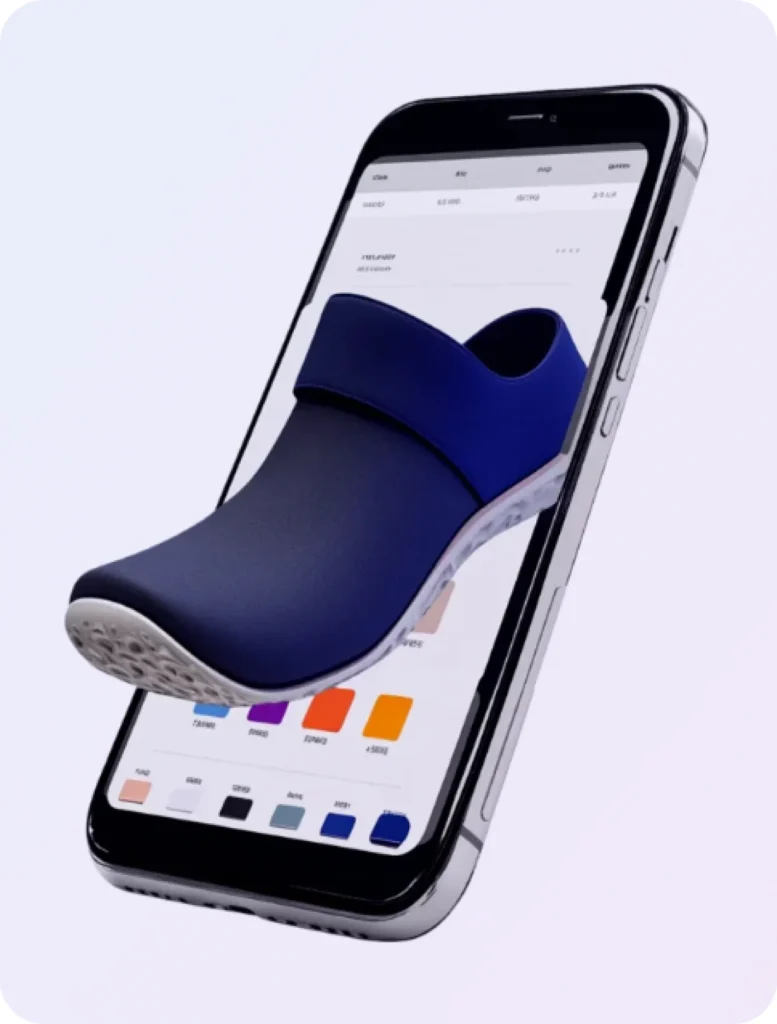Discover how 3D and AR technologies are revolutionizing e-commerce, and boosting conversions and sales by enhancing customer experiences.
- Product
3D Configurator
Take product viewing to the next level! Engage and delight customers with RenderEase product configurators
Augmented Reality
Let customers virtually try on, test, and interact with your products in real time.
Virtual Photography
Generate thousands of gorgeous product images with Virtual Photography and make traditional photography a thing of the past!
Analytics
Hyper-analyze and measure the metrics of your configurators with ease!
- Categories
- Resources
- Pricing
- Contact us
- Product
3D Configurator
Take product viewing to the next level! Engage and delight customers with RenderEase product configurators
Augmented Reality
Let customers virtually try on, test, and interact with your products in real time.
Virtual Photography
Generate thousands of gorgeous product images with Virtual Photography and make traditional photography a thing of the past!
Analytics
Hyper-analyze and measure the metrics of your configurators with ease!
- Categories
- Resources
- Pricing
- Contact us













